The Taiwan Intellectual Property Office Proposes Draft Amendments to the Patent Examination Guidelines
The Taiwan Intellectual Property Office (TIPO) has recently proposed draft amendments in specific areas such as patent term extension calculations and who qualifies as an interested party in a patent invalidation. The main points are as follows:
- For patents relating to pharmaceutical inventions, if a regulatory approval shall be obtained in accordance with the Pharmaceutical Affairs Act or the Rare Disease and Orphan Drug Act for the exploitation of the patent, the patentee may apply for a patent term extension for the period in which the inventions cannot be exploited due to the absence of a regulatory approval. According to the Patent Examination Guidelines, the period from the day after the date of receiving the Notice for Collecting the Approval to the day of actually collecting the approval should be deducted from the term to be extended. Therefore, the patentee should submit a document of proof regarding the date of receiving the Notice for Collecting the Approval.
- Concerning the topic of an interested party in a patent invalidation, an interested party is now specified as a legally interested party, i.e. a party whose rights or legal benefits are directly impaired due to any controversy surrounding the patent right or the right to apply for a patent. If the invalidation petitioner provides a document of proof to establish such interest, as long as the patentee does not argue against it and the examiner does not foresee any problems, it is unnecessary to investigate the existence of such interest. However, if the patentee doubts the existence of the interest, in principle, an investigation would be required to make a formal decision.
Taiwan Semiconductor Manufacturing Co. to start N2 chip production in 2025
TSMC said that its 2-nanometer N2 chip is on track to begin mass production in 2025. At an investor conference in July, TSMC Chairman C.C. Wei said because the development of the 2nm technology is progressing well, with its performance and yield meeting or exceeding expectations, mass production is set to take place as planned. The 2nm process will be 10-15 percent faster compared to the current N3E and consume less power. Also, chip densities will also be higher by more than 15 percent. He added that TSMC is also on track to launch the N2P and A16 processes in the second half of 2026. The N2P is set to be an advanced version of the N2. It will boost performance by 5 percent and use 5-10 percent less power, making it suitable for smartphone and high performance computing applications. According to TSMC, the A16 is the next nanosheet-based technology to feature Super Power Rail. Super Power Rail (SPR) is a TSMC technology that enhances power delivery and efficiency in advanced semiconductors. It ensures better power distribution, reduced power loss, and improved chip performance. Compared to the N2P process, the A16 will be 8-10 percent faster and use 15-20 percent less power. The chip densities will also be 7-10 percent higher. Regarding InFO (integrated fan-out) wafer-level packaging, the company was still working on developing this technology. Based on information released on TSMC’s website, InFO is an innovative wafer level system integration technology platform, featuring high density RDL (Re-Distribution Layer) and TIV (Through InFO Via) for high-density interconnect and performance for various applications, such as mobile and high performance computing.
China’s Huawei Files Lawsuit against MediaTek
China-based PRIP Research recently announced that Chinese smartphone brand Huawei Technologies filed a lawsuit against MediaTek in a local Chinese court. The complaint is that Huawei believes that MediaTek infringed on its patents. The infringement mentioned in the lawsuit likely involved 5G cellular network communication technologies. PRIP Research indicated that it believes that Huawei is probing the possibility of asking for patent licensing fees from the chip supplier. Huawei filed a total of 6,494 Patent Treaty Cooperation Treaty applications in 2023, which was the largest amount globally. Since Huawei was also the top patent applicant globally last year, this law suit can be seen as part of an array of efforts to broaden the number of patent licensing agreements it can sign. For its part, MediaTek said that the lawsuit would have little impact on its business operations, but it does indicate that Huawei’s actively looking to target providers of mobile devices for end-users and other parts of the tech ecosystem who they believe might have infringed on one or more of their patents.
China Struggles to Overcome Challenges in AI Field
China has filed for more generative AI patents domestically than any other country, but it faces issues such as US export controls and a low-level of innovation culture. In the past decade China had filed more than 38,000 generative AI patents, compared to the US with 6,276, South Korea with 4,155, Japan with 3,409 and India with 1,350 according to the World Intellectual Property Organization (WIPO). However, quantity doesn’t mean quality. Despite the lower overall number of patents, US developers have the lead. According to Stanford University’s 2024 AI Index, the most notable AI models to date stands at 61 from the US, compared to 21 from the European Union and 15 from China. Competing with Silicon Valley’s deep pockets and resources has always been a challenge, but it has become more challenging since 2022 when the US began imposing export controls on key tech like the Nvidia A100 chip that has helped power the latest AI boom. Although China filed the largest number of generative AI patents in the world, far more than the US, much of these patents were not able to be translated into forces to help bring about large language models or other fundamental AI models. The reasons for this are that China did not have the required enormous computational power and neither the billions and trillions of high-quality data parameters for large model training. Companies like Intel and Nvidia have pivoted to make chips that comply with US regulations for the Chinese market, and at the same time Chinese companies are turning to the locally-made Ascend chip series from Huawei to improve their level. One result is that China’s AI industry is focusing more on the domestic market. In fact, China has only filed 2,926 patents overseas in this field. Companies that are filing patents abroad are those, such as Huawei, ZTE and Vivo, which already have a presence there.




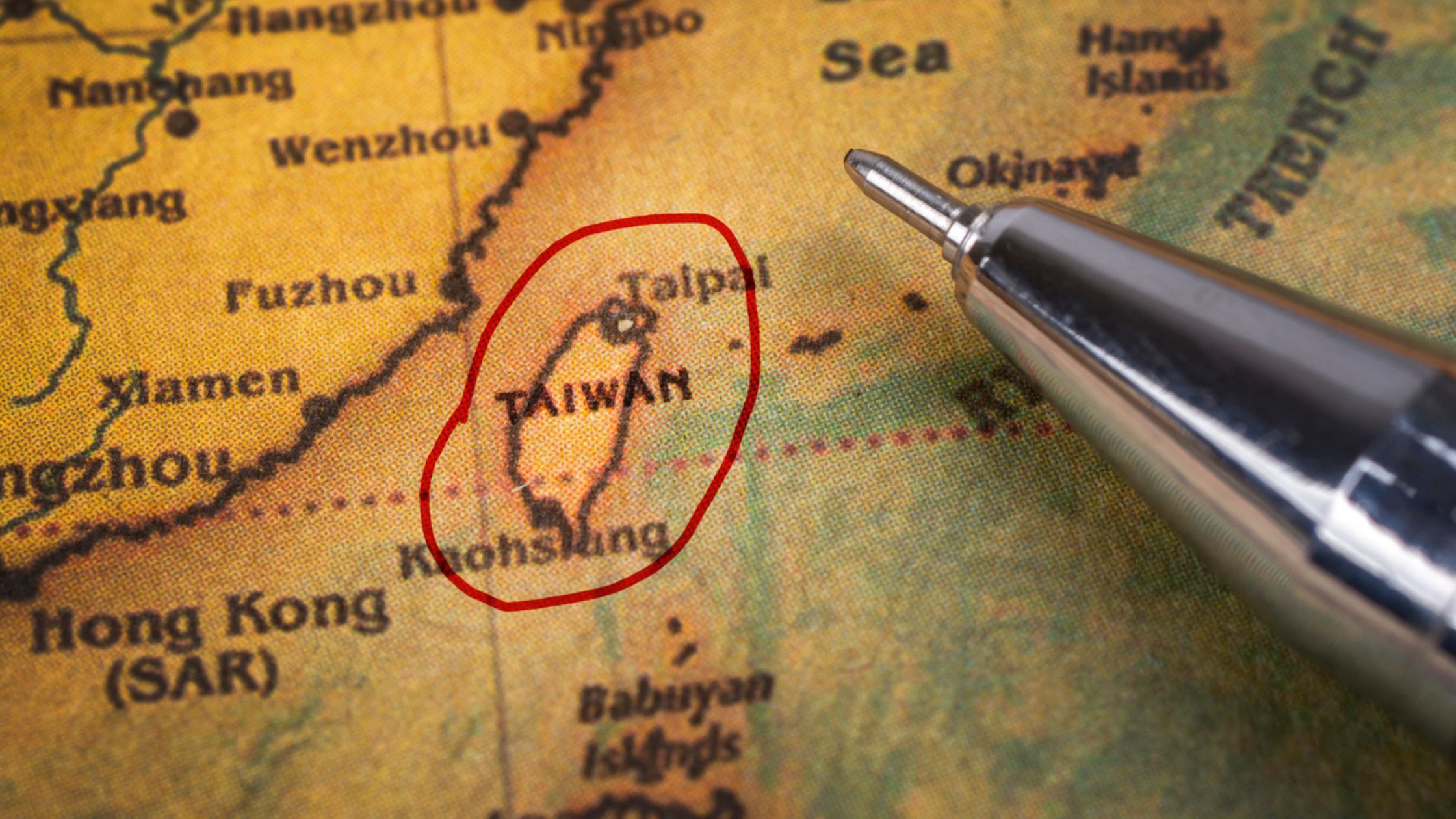
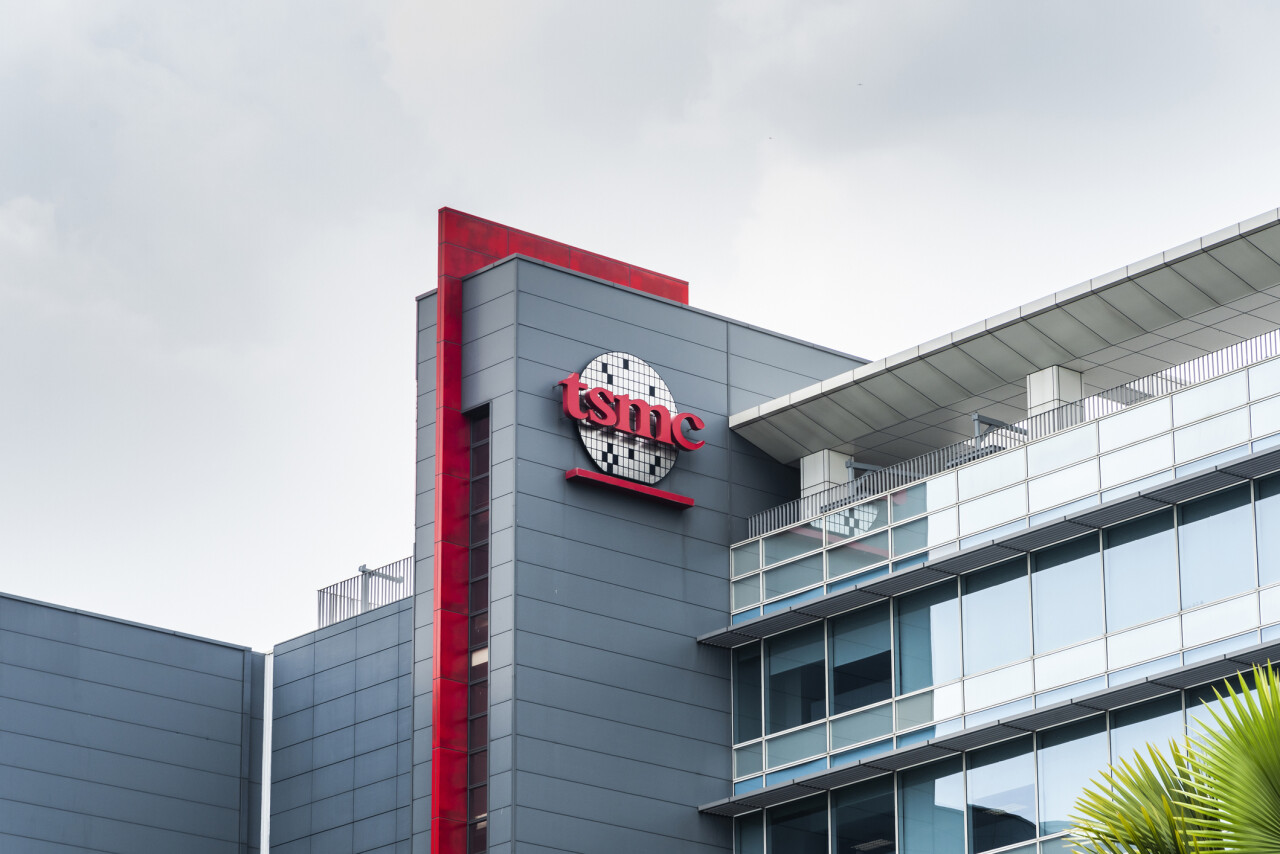


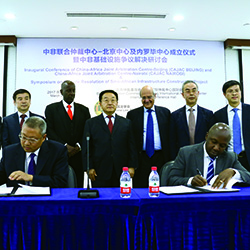
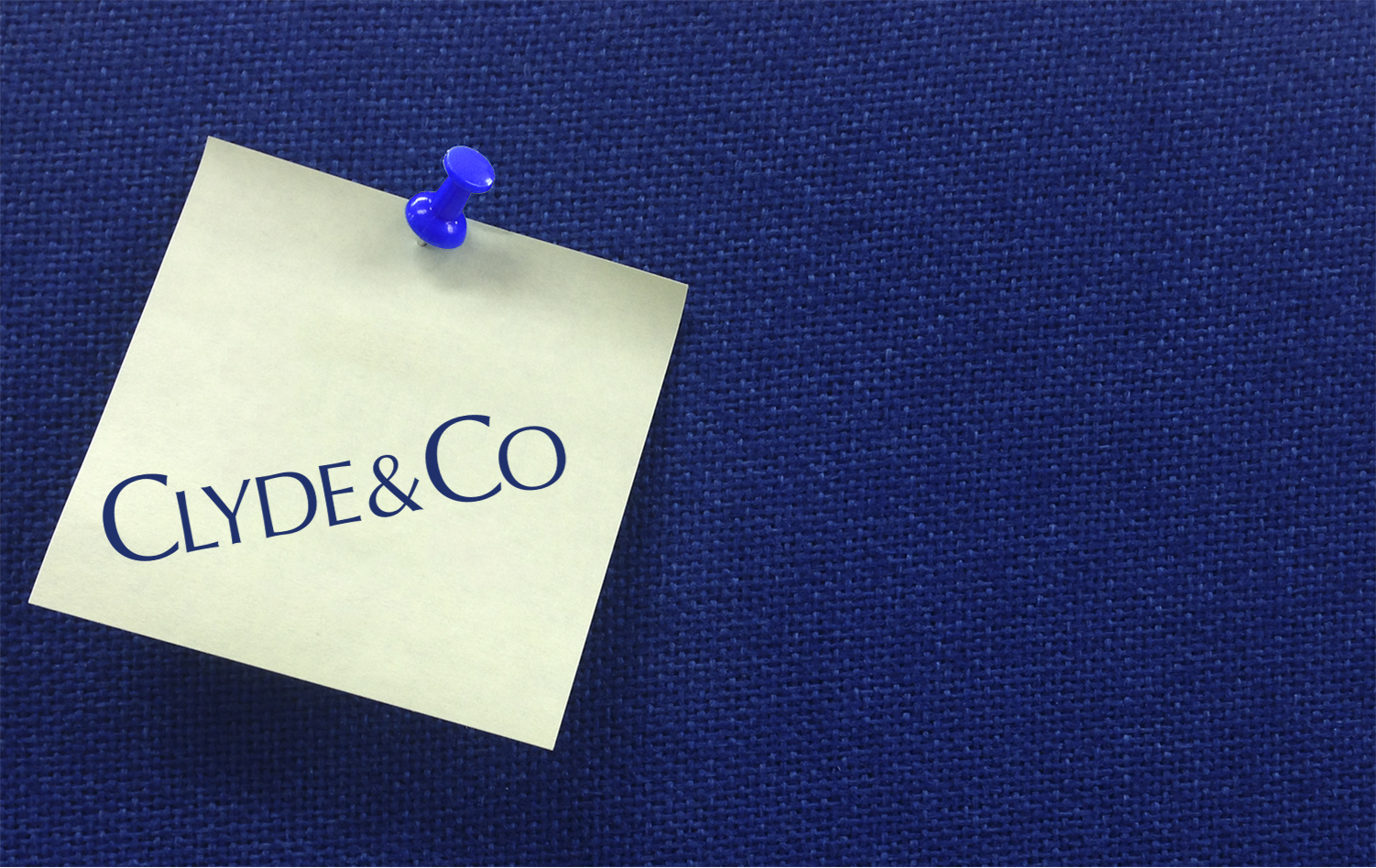
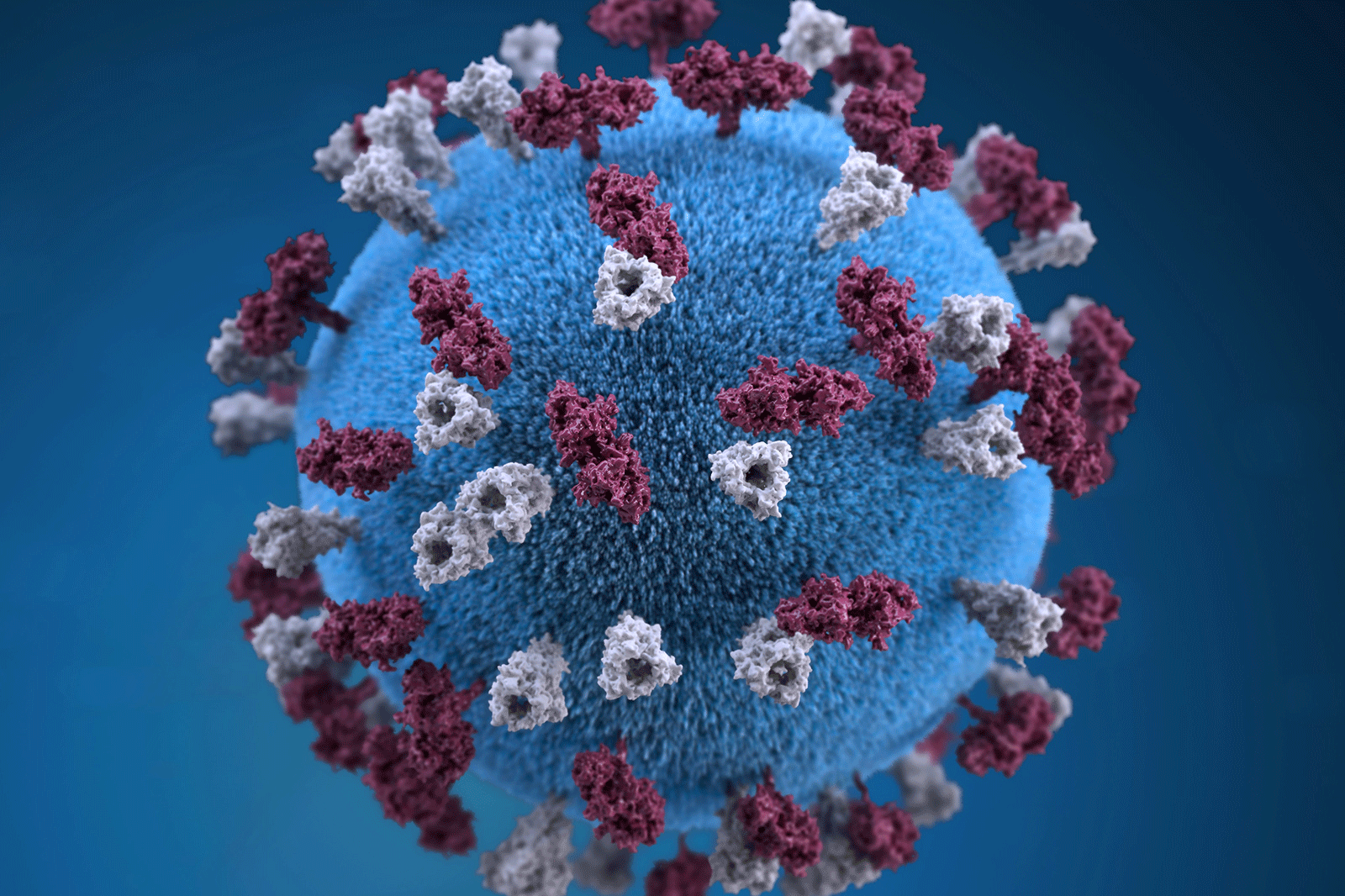

 Deep & Far Attorneys-at-law
Deep & Far Attorneys-at-law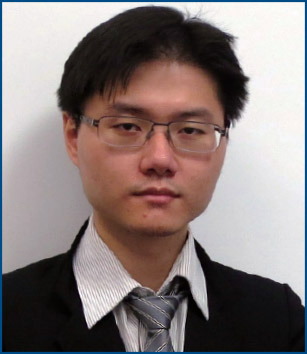 Yu-Li Tsai
Yu-Li Tsai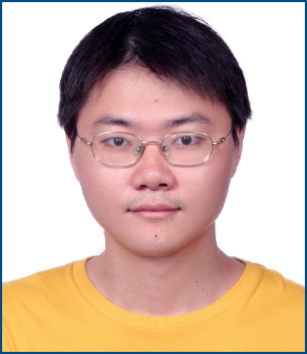 Lu-Fa Tsai
Lu-Fa Tsai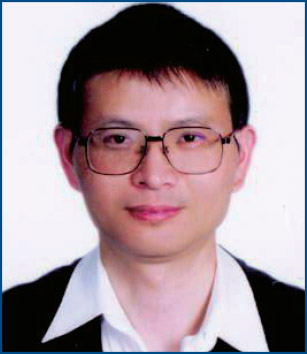 C. F. Tsai
C. F. Tsai







